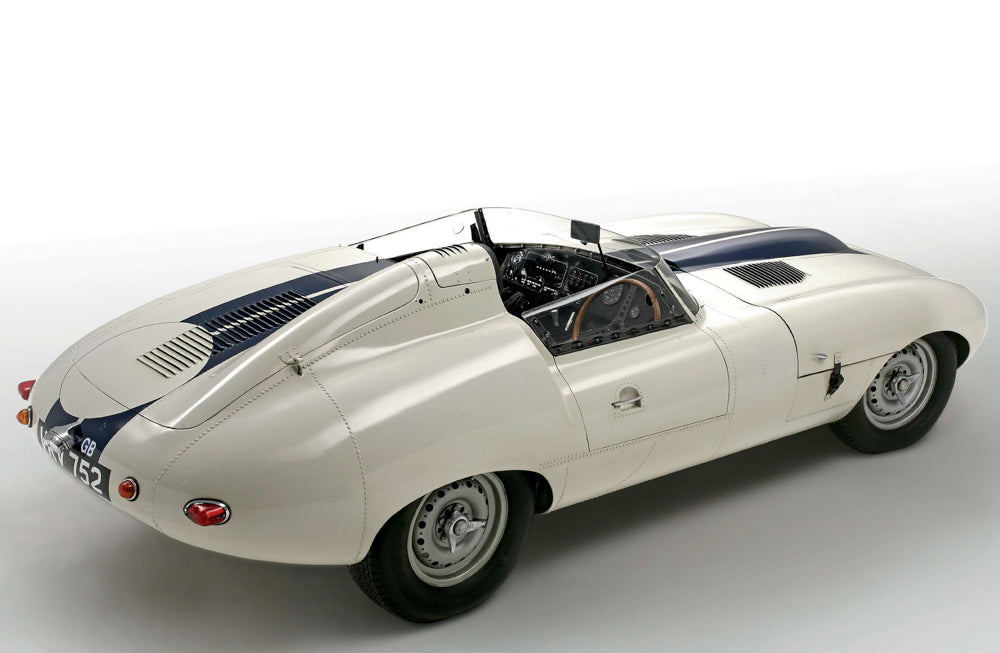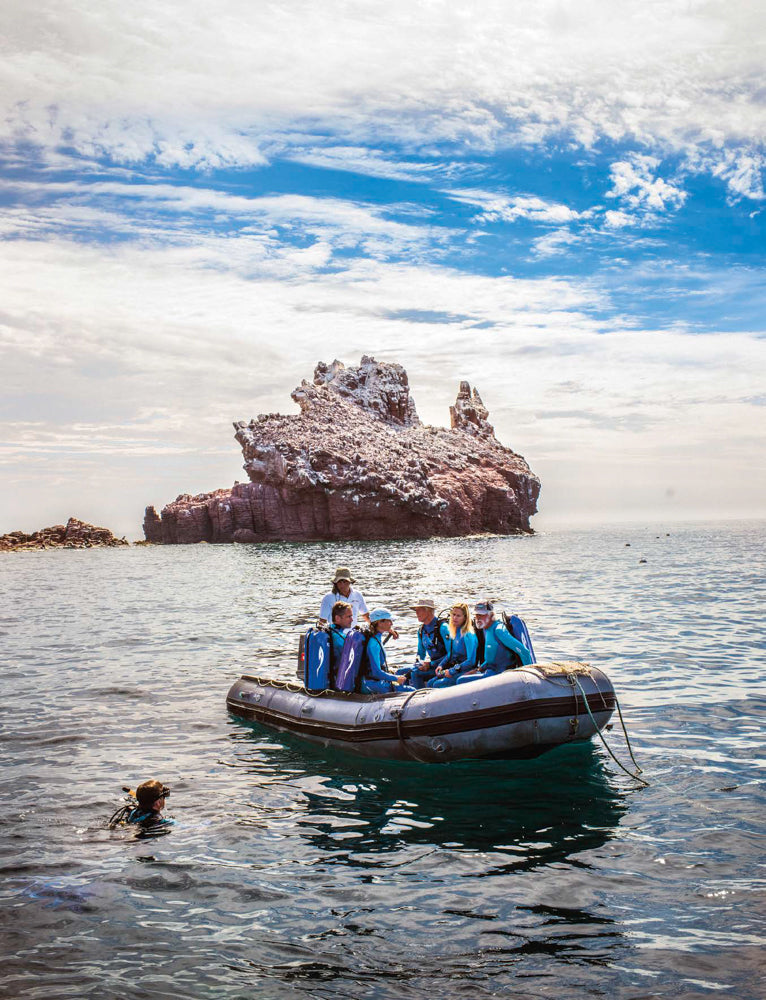
The Missing Link
THE MISSING LINK

1960 JAGUAR E2A FACTORY PROTOTYPE
This one-off Jaguar prototype, known by its chassis number E2A, is among the most significant prototypes ever produced by the mainstream motor industry. Considered the “missing link” between the legendary D-Type and the everlasting E-Type, this evolutionary masterpiece — which was never given a formal model name — was driven by four of the world’s greatest racing drivers, then sat unmolested in single-family ownership for more than four decades. Such a car is the stuff of dreams and this is how it came to be.
By 1960 Jaguar had won the world’s most prestigious motor race, the 24 Hours of Le Mans, five times — twice with a C-Type and three times with a D-Type. The company had withdrawn from factory-sponsored competition after 1956 but had continued to maintain a racing presence through customer teams such as Briggs Cunningham in America and Ecurie Ecosse in Scotland.
Building upon its racing pedigree, Jaguar planned to unveil an all-new semimonocoque chassis design in 1961 with the E-Type. But the prototype for that model would be altered and improved thanks to an order placed by Cunningham in anticipation of Le Mans.

The result was the E2A, or what many at the time called the “Cunningham E-Type.” The next evolutionary step for Jaguar, it was used by the Coventry-based company to test several new features of the forthcoming E-Type, including the independent rear suspension system that would replace the live-axle featured on the D-Type.
Completed in February 1960, the car was powered by an aluminum block, fuel-injected, 3-liter engine, and finished in the Cunningham team’s famous American racing colors of white with two blue centerline stripes. Visually, the car’s tail-finned rear bodywork recalled the charismatic D-Type, while its handsomely proportioned one-piece forward bodywork presaged the lovely lines of the forthcoming E-Type.
At the 24 Hours of Le Mans that June, Cunningham entrusted the car to Dan Gurney and Walt Hansgen. They ran it successfully well into the night, but fuel-injection pipe failures created a weak mixture that caused burned pistons and a blown cylinder head gasket. The car was forced into retirement after completing just eighty nine laps. It should be noted, however, that in the April tests prior to the race, Hansgen set the record for the second fastest overall lap time at Le Mans, averaging 125 mph and splitting the Ferrari factory team’s latest V12-engined 250 Testa Rossa Indipendente. On the Mulsanne straight, the E2A reached an incredible 194.29 mph.

For its American racing debut in August 1960 at Bridgehampton, New York, Hansgen led throughout and won handsomely, beating such phenoms as the Maserati Tipo 61 “Birdcage.” Two weeks later at Elkhart Lake, Wisconsin, Hansgen finished third and demonstrated not only his own skill in wet-weather driving but also the capabilities of Jaguar’s new, all-independent suspension.
In October 1960 the E2A ran the Grand Prix at Riverside, California, driven by Formula 1’s new double world champion Jack Brabham, where it finished a distant tenth place against much lighter-weight cars. And finally, for the Grand Prix at Laguna Seca, California, it was raced by Bruce McLaren before being sidelined by mechanical problems.
E2A then returned to England, where it was used by the factory for a number of purposes, including acting as a press decoy for the XJ13 V12 prototype, and testing Dunlop’s new Maxaret antilock braking system — the first to be widely used and, interestingly, mostly on aircraft.


Ultimately, in the late 1960s Jaguar engineer Roger Woodley was successful in negotiating the purchase of E2A for his father-in-law, the prominent collector and racing photographer Guy Griffiths. It remained unaltered in the Griffiths family until Bonhams represented the car at auction in 2008.
All things considered, as the taproot of the glorious Jaguar E-Type series, prototype E2A would be enormously significant for that alone. But when one contemplates its racing history, its association with four all-time great racing drivers, its distinctiveness and rarity as a Jaguar model, and its original, factory-built condition, E2A offers just about the finest attributes anyone could ever ask for in a road-usable sports-racing classic. It’s simply monumental.


